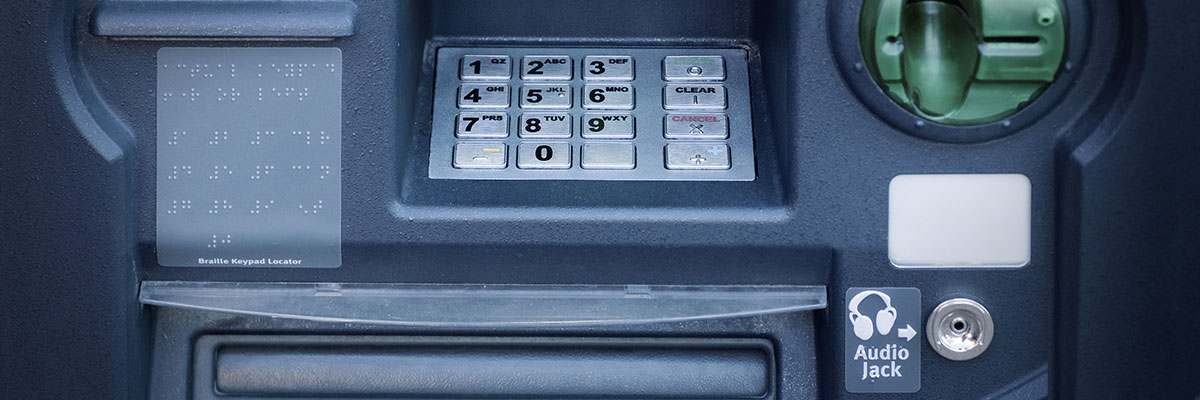Is Your Law Firm’s Website Accessible?
Does your law firm have a website? Do you want its content to be available to as many people as possible? Do
Frequent filers
Laws meant to help the disabled have had unintended consequences. For an inkling of how good intentions can go awry, consider Title III of the Americans with Disabilities Act (ADA). Passed by Congress in 1990 with the laudable aim of giving the disabled equal access to places of business, it has been supplemented with new Department of Justice standards (in 2010, for example, the DOJ said that miniature horses can qualify as service animals).
Visual impairment, blindness cases in U.S. expected to double by 2050
With the youngest of the baby boomers hitting 65 by 2029, the number of people with visual impairment or blindness in the United States is expected to double to more than 8 million by 2050, according to projections based on the most recent census data and from studies funded by the National Eye Institute, part of the National Institutes of Health. Another 16.4 million Americans are expected to have difficulty seeing due to correctable refractive errors such as myopia (nearsightedness) or hyperopia (farsightedness) that can be fixed with glasses, contacts or surgery.
How Designing For The Disabled Is Giving Google An Edge
Google's Eve Andersson tells Co.Design how today's accessibility problems could lead to improvements in robots, Google Maps, and even YouTube. "Accessibility is
United States: OCR Investigating Accessibility Of State And Local Government Websites
The U.S. Department of Education's Office for Civil Rights (OCR) has reportedly opened as many as 350 recent nationwide complaint investigations into whether educational agencies' websites are accessible to individuals with disabilities.
Role of Accessible Technology in Financial Services: Part Two
In order to ensure appropriate accessible technology is used in the financial services sector, it is important that customers with disabilities know




